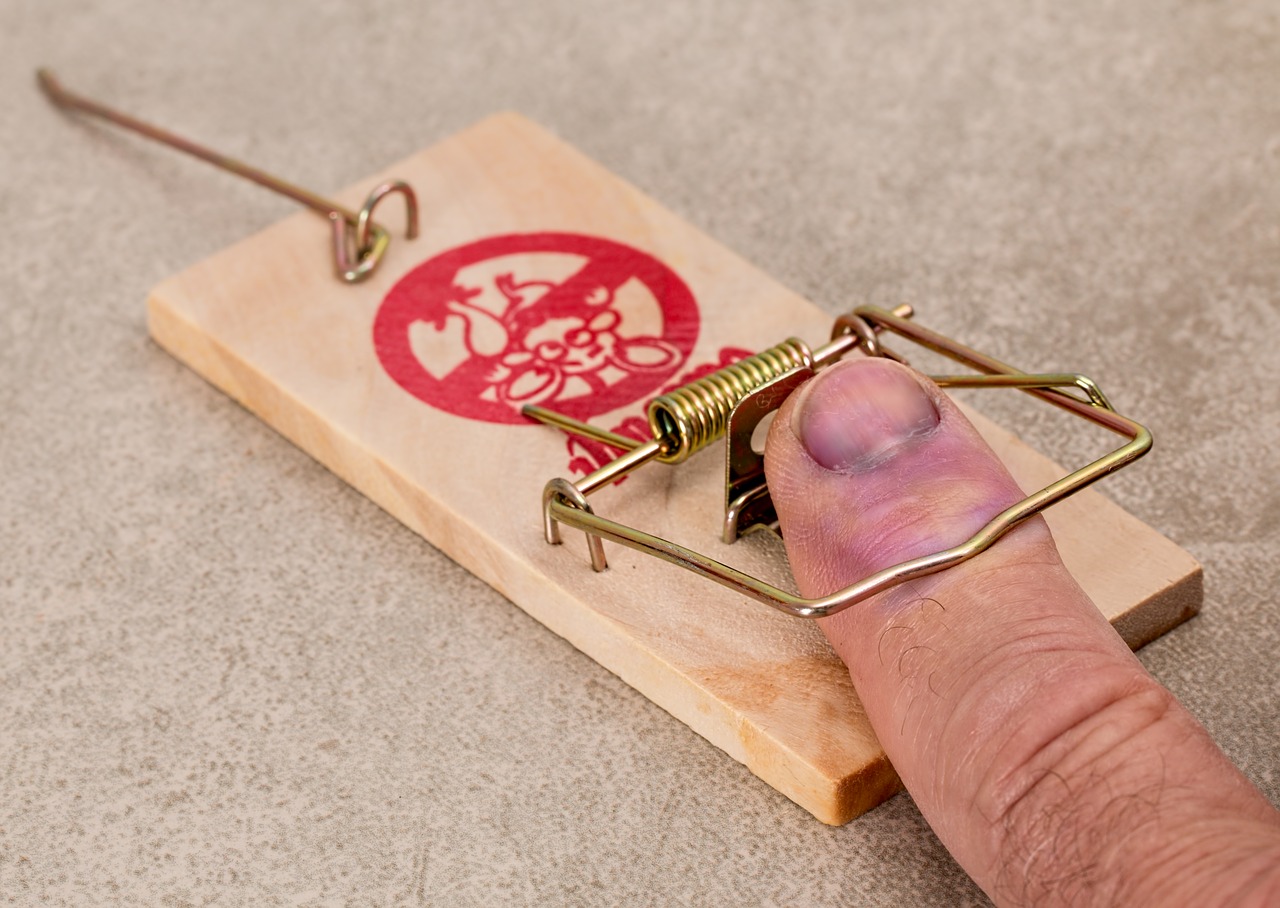
Student debts are mounting rapidly or you are just starting out in radiology residency. You have limited funds to join professional societies. Is it worth it to join multiple professional organizations? Which ones should they be?
This article will address these issues since they usually arise around this time of year. First, I will discuss why it is crucial to join a few of the professional societies. And then, I will talk about which organizations are essential to participating in from both a junior radiology resident and senior resident/fellow perspective and which ones are not so necessary. Let’s start…
Importance of Joining Radiology Professional Societies
Why even bother signing up? Many professional societies offer benefits to the individual and the specialty of radiology. For the individual, you may gain access to journal articles, CME credits, discounts on annual meetings, access to scholarships, discounts on insurance rates, and more. As for the betterment of the specialty, some societies support the ingredients needed to maintain our livelihood. For instance, some organizations support political action in Washington, D.C, to prevent reimbursement cuts, radiology research activities, the creation of appropriateness criteria, radiology residency boards, and more. It is straightforward to justify joining at least a few of the societies. So, let’s talk about the meat of this article- which ones to join?
Which Professional Societies To Join?
American College of Radiology
New residents: This one is a no-brainer. It is free to join for new residents, and you can quickly become a card-carrying resident member of the ACR. And, you get all the benefits of joining the essential radiological society while supporting the specialty of radiology. Why wouldn’t you want to join?
Senior Residents/Fellows: You have to start shelling out some cash to join the organization. Is it still worth it? Well, the first year out, it is not much to join. At a rate of 70 dollars for the first year, it pays to join. Furthermore, you support your livelihood since the ACR is the leading organization that lobbies for our specialty. As a more senior radiologist, joining rates become steeper- as high as 900 dollars per year! Even so, this is the primary organization that “has our backs” when it comes to all the political stuff. It makes sense.
American Roentgen Ray Society
New residents: This is society is another freebie during radiology residency. You get the benefit of a reputable journal (AJR) and support academic radiology. What is there not to like? Go for it!
Senior Residents/Fellows: At a rate of 350 dollars per year for the online subscription for a senior radiologist, I have mixed feelings about joining this society. Although CME credit opportunities abound when you enter this society, other institutions such as the RSNA duplicate the same education component but more extensive resources. Given plenty of dues shelled out to other institutions, I am on the fence about joining this one. I did not renew my subscription for a while. But I may decide to do so at some point!
Radiological Society Of North America
New Residents: Again, no money for online subscription means go for it! I find this society to have the best resources for education. Specifically, residents get access to Radiographics. This society is a great education tool for learning radiology. Plus, you get free access to the RSNA meeting if you choose to go. Why not join?
Senior Residents/Fellows: Though this society is relatively expensive for annual dues (currently $525/year), it is the best for CME credits and educational activities. For the senior radiologist, you have the opportunity to participate in great online lectures and cases. Plus, you get access to Radiographics and the gray journal (Radiology). Although I begrudgingly pay the dues, it is a crucial society for most seasoned radiologists to join.
Specialty Societies
New residents: I believe that as soon as you know what fellowship you want to pursue, you should immediately join that specialty society. Most of the time, the rates for resident members are significantly discounted. Plus, you are supporting the academic mission and advocacy for your prospective organization. Some of these societies have invaluable career resources. And, you typically get discounts at the annual meeting. Sign up!
Senior Residents/Fellows: Although not cheap, if you are a specialist in a particular area (I pay $510/year to join the SNMMI), you should feel some obligation to support your specialty. And, most specialty organizations give CME credits and discounts to annual meetings. I think, in the long run, it usually pays to keep up membership in your specialty society.
American Medical Association
New residents: Think twice about continuing membership in this society. Many of the positions espoused by the organization are counter to the missions of the radiology societies politically and educationally. Plus, you need to spend money on membership (1st year- 45 dollars, 2nd year- 80 dollars, 3rd year 120 dollars, and 4th year- 160 dollars). It’s probably not worth your while!
Senior Residents/Fellows: I find it hard to justify membership in this society. In addition to lobbying for primary care specialties over radiology, there is little benefit to joining. The articles from the prominent journal JAMA are usually not relevant to the daily practice of radiology, and you can always read the abstracts online if need be. I let my AMA membership lapse many years ago!!!
Final Thoughts
Maintaining membership in societies as a resident in most radiology and radiology specialty societies is a no-brainer because it is free or extremely cheap. In addition, you get the benefits of joining the organizations. However, before becoming an attending, you need to think about which ones to participate in since the dues can be significant, and the benefits may or may not be worth the additional funds. Now that you have to start paying down your debts, every dollar counts. But for the most part, I think most of you starting in the real radiology world should at least join the ACR, RSNA, and your specialty society. It just makes sense…











